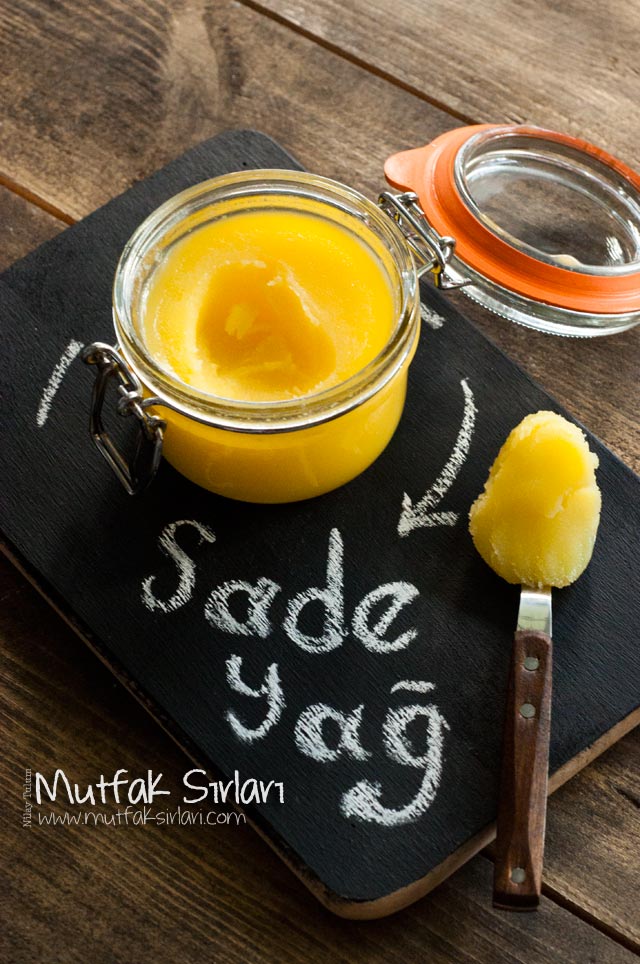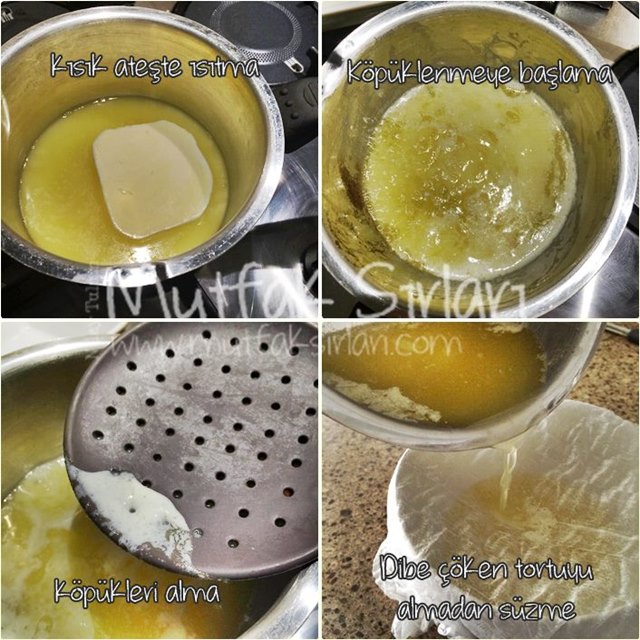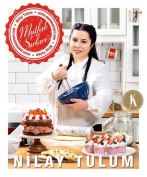Hello Dear Friends,
One method that I've been wanting to add since I started writing the culinary school section, but never had the opportunity, is the extraction of clarified butter.
clarified oil It may seem unfamiliar to many of you, but it is one of the most used products in professional kitchens. In fact, plain oil or pure oil means the oil whose residue is removed by heating over low heat for a long time (as you start heating, first the water evaporates at 100 degrees, and then the milk proteins start to come to the surface of the oil).
There have been some written about the positive effect of work on health, but since our topic here is its use in the kitchen, I want to go directly to the usage areas.
Although it seems to be prominent in Indian cuisine (en. wiki does not know much about our cuisine :) It is also widely used in French and Turkish cuisines.

It is the first choice in home kitchens like ours, as it is light and can be stored for a long time without even putting it in the refrigerator (in an airtight container, 5-6 months is a good time). In professional kitchens, it is used quite frequently due to its lightness as well as its flavor and ability to withstand high temperatures. (The butter that is burned at 150 degrees can rise above 200 degrees without burning, and this allows it to be used without any problems. For example: In sautéing blanched vegetables, sautéing fish,)
It has a history of at least a hundred years in Turkish cuisine, and was used in almost all dishes in the public kitchen as well as in the palace. I have seen that pure oils obtained from butter melted with lard for folk cuisine are also used in meals.
in cookies anhydrous oil It can be a good alternative to use the plain oil that you extract instead of using the professional oils we call. You can also use it as a sauce on baklavas, puff pastries (if you make the dough at home), pastries, and on your homemade kebabs.
You can get around 500 g of pure oil from 400 g of butter. Of course, this ratio depends on the brand of oil you use, etc. may vary accordingly.
So how is this plain oil prepared, let's move on to the recipe…
How Is Clarified Oil Made? Ingredients for the Recipe
- 500 g butter
Clarified Oil Production Stages:

- Put the butter in a saucepan with a thick bottom (sauce saucepan is sufficient for a small amount)
- Melt the butter over medium heat, watch it boil and foam up.
- When it starts to foam, lower the bottom of the stove and start collecting the foams on it with the help of a colander.
- Continue this process until foaming is minimal.
- Turn off the stove and let the oil rest for a while (this will allow the remaining residues to settle to the bottom)
- When a pure yellow color remains on the oil, strain it into a heatproof bowl, paying attention to the sediment at the bottom.
- Use the jard oil as you wish after it is frozen.
